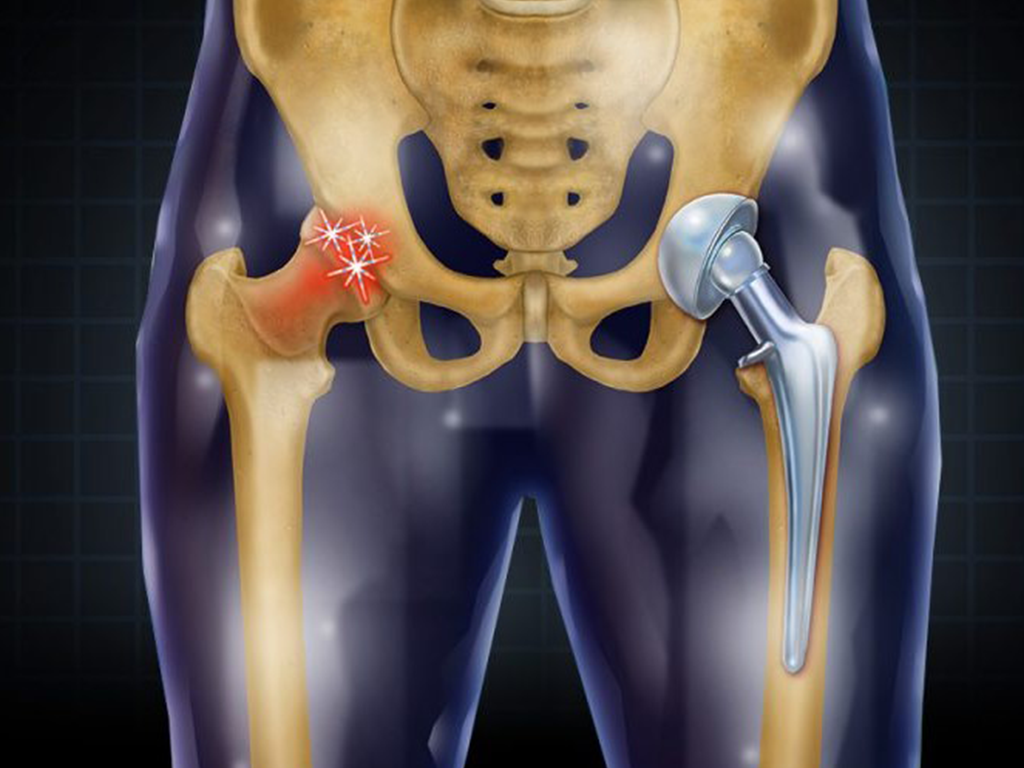
Hip joint problems are common and can affect people of all ages. Whether caused by injury, arthritis, or age-related degeneration, these issues can lead to pain, stiffness, limited mobility, and a reduced quality of life. Understanding the modern solutions available is crucial for managing symptoms, improving function, and maintaining independence.
Common Hip Joint Problems
Several conditions can affect the hip joint:
Osteoarthritis: Degeneration of the cartilage that cushions the joint, leading to pain and stiffness.
Rheumatoid Arthritis: An autoimmune condition causing inflammation in the hip joint.
Hip Fractures: Breaks in the upper part of the femur, often due to falls or osteoporosis.
Bursitis and Tendinitis: Inflammation of tissues surrounding the hip joint.
Developmental Disorders: Conditions like hip dysplasia that affect joint alignment.
Each condition has its own causes, symptoms, and progression. A proper diagnosis is essential to select the most effective treatment plan.
Non-Surgical Solutions
Many hip problems can be managed effectively without surgery. Modern non-surgical solutions focus on relieving pain, improving function, and preventing further joint damage.
Physical Therapy:
Targeted exercises strengthen muscles around the hip, improve flexibility, and support joint stability. Regular therapy can reduce pain and increase mobility.Medications:
Anti-inflammatory drugs, analgesics, or disease-modifying agents (for conditions like rheumatoid arthritis) can help manage symptoms.Lifestyle Modifications:
Weight management, low-impact exercises (like swimming or cycling), and ergonomic adjustments at home or work reduce stress on the hip joint.Assistive Devices:
Canes, walkers, or orthopedic supports help maintain mobility and prevent further injury while reducing joint strain.
Surgical Solutions
When non-surgical methods are insufficient, modern surgical techniques can restore joint function and relieve chronic pain.
Hip Arthroscopy:
Minimally invasive surgery to repair labral tears, remove loose cartilage, or treat early arthritis. Recovery is generally faster compared to traditional surgery.Osteotomy:
Realigns the hip joint to reduce stress on damaged areas, often used in younger patients to delay joint replacement.Partial Hip Replacement:
Only the damaged portion of the hip joint is replaced, preserving healthy bone and tissue.Total Hip Replacement:
The most common solution for advanced arthritis or severe fractures involves the replacement of both the acetabulum and femoral head with prosthetic components. Modern implants and surgical techniques improve longevity and recovery outcomes.Cost Considerations:
For patients planning treatment, understanding the Hip Replacement Surgery Cost In India helps in evaluating financial planning and choosing an appropriate healthcare provider. India offers a combination of high-quality surgical care and cost-effectiveness compared to many Western countries.
Emerging Technologies
Advances in technology have significantly improved outcomes for hip joint treatments:
Robotic-Assisted Surgery: Enhances precision in implant placement, reducing complications and improving alignment.
3D Imaging and Planning: Allows surgeons to map the patient’s hip anatomy for personalized surgical strategies.
Improved Implant Materials: Modern prosthetics are designed for durability, flexibility, and reduced wear over time.
Rehabilitation and Recovery
Successful outcomes depend heavily on rehabilitation. Post-treatment physical therapy is essential to restore strength, flexibility, and balance. Patients are also encouraged to adopt long-term strategies, such as regular low-impact exercise and ergonomic adjustments, to maintain joint health and prevent recurrence of problems.
Conclusion
Hip joint problems can significantly impact daily life, but modern solutions, ranging from targeted therapies and medications to advanced surgical techniques, offer effective ways to manage pain and restore mobility.


Write a comment ...